Forensic Science facilities and equipment
You will be taught in our dedicated forensic science laboratory and crime scene facilities. The laboratory contains a range of modern analytical instrumentation that is commonly used in commercial forensic laboratories. This will allow you to gain experience on the type of equipment you will be using in your future careers.
Please take a look at our new facilities and equipment. These include a new analytical laboratory equipped with a number of stereomicroscopes, document examination instrumentation, a range of modern spectrometers, and chromatographic equipment.
High quality stereomicroscopes are essential for forensic scientists for the examination of trace evidence.

A comparison microscope is particularly useful for studying questioned and control specimens under identical conditions.
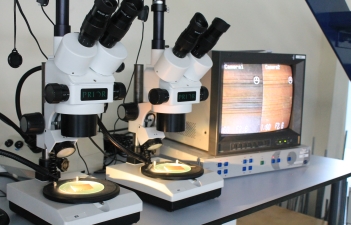
Micro-spectrometry is a powerful analytical tool that is widely used in forensic science for the study and comparison of trace materials including paint chips, fibres and inks.
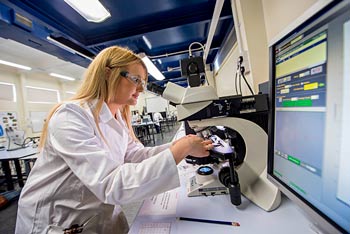
A range of lightweight LED forensic light sources effective at short range, providing intense illumination for locating and examining evidence.
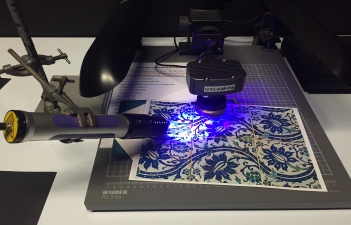
VSC-4 document examination instruments are widely used in the forensic investigation of questioned documents.
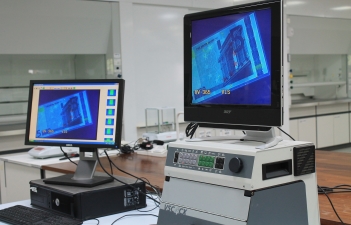
Electrostatic detection apparatus (ESDA) is highly effective for document examination, particularly, for the visualisation of indented writing.
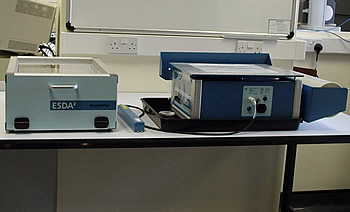
UV-Vis spectrometry is excellent for accurate quantitative analysis of molecules that contain chromophores; groups that absorb visible and UV light.
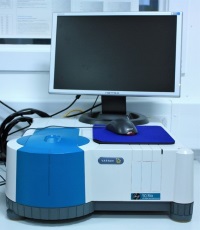
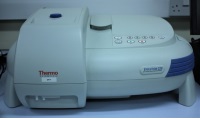
Some molecules absorb radiation at one wavelength and then give it back out at another wavelength. The optical brighteners in washing powders do this to get you the ‘whiter than white’ look.
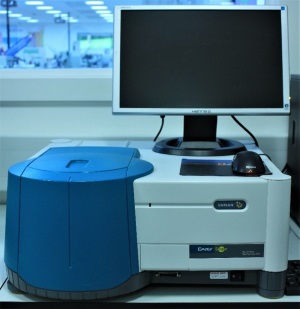
With this technique Infra-red radiation is absorbed by chemical bonds and it makes them vibrate, so by looking to see what IR radiation is absorbed we can determine the bonds within a molecule.
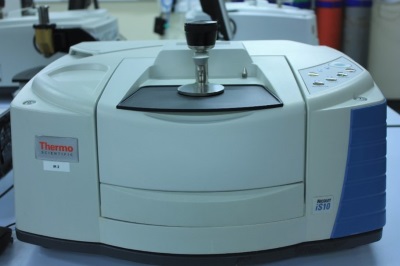
Raman spectroscopy is a powerful analytical tool that is widely used in forensic science for the study of a variety of organic and inorganic materials including paint chips, fibres, inks, and controlled substances.
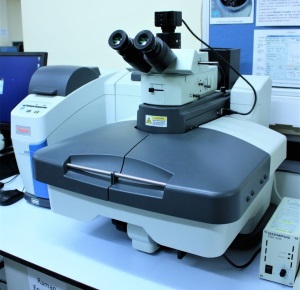
High performance liquid chromatography and gas chromatography are extremely sensitive techniques utilised in the analysis of drugs, body fluids, fire accelerants.
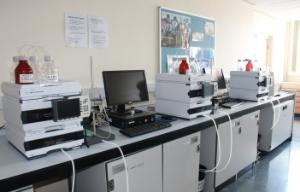
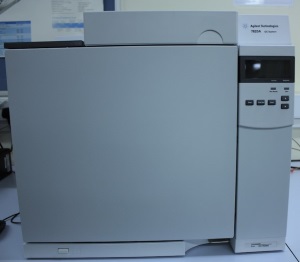
ICP spectrometer is an extremely powerful instrument capable of simultaneous determination of 70 elements with the detection limits ~1 part per billion.
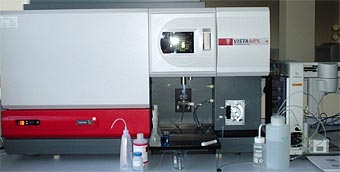
Meet Bert and Ernie!
NMR is one of the most powerful analytical techniques for discovering the structure of new chemical compounds.
Ernie is the newest of spectrometers, arriving in Spring 2018. Bert is capable of looking at both solid and solution samples.
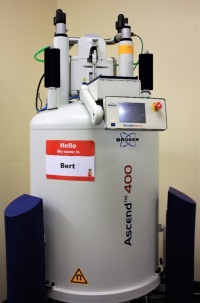
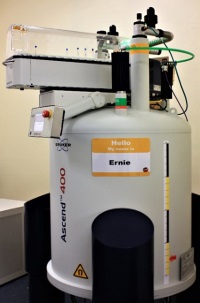
Gas chromatography is an excellent way of separating mixtures of volatile compounds and then mass spectrometry (literally weighing the molecule) gives you a unique signature for each compound which allows you to identify the structure.
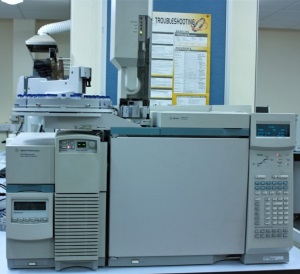
The Single Quadrupole Mass Spectrometer is used to determine the molecular weight of of both known and unknown compounds. Using this instrument we are able to identify a range of different compounds, such as drugs, pesticides or contaminants, in a complex sample such as blood or urine.
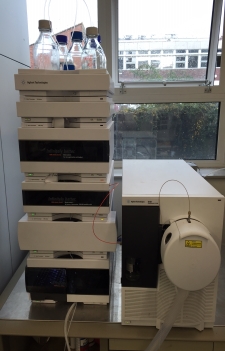
The Quadrupole Time of Flight Mass (QToF) spectrometer is a instrument allows us to determine the structure of unknown molecules, such as drugs or environmental contaminants, will high accuracy. This is a research grade instrument that students have access to for their project work where they will work alongside established researchers working in the forensic field.
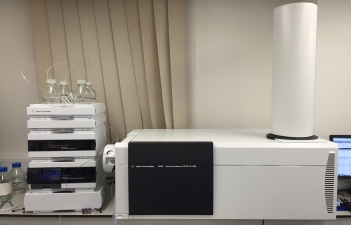
The Inductively Coupled Plasma - Mass Spectrometer (ICP-MS) is a research grade instrument is used by students for trace element analysis. This can be for toxicological analysis or for looking for environmental contaminants. Using this instrument it is possible to determine the amount of toxic elements in a sample down to part per trillion levels.
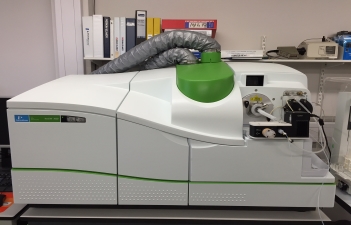
Electrostatic lifting apparatus (ESLA)
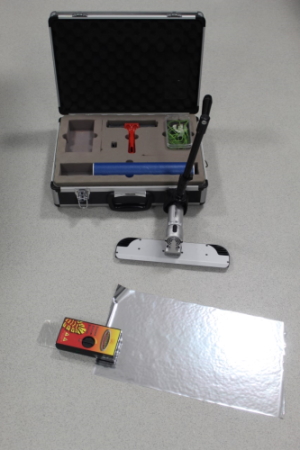
Microspectrophotometer (MSP)

Polarised light microscope (PLM)
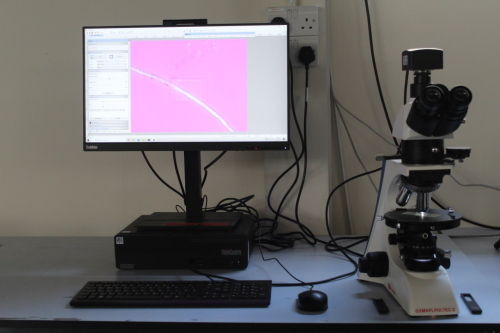
We also have access to the School of Geography, Geology and the Environment's Geophysics and Survey forensic equipment.
School address
Lennard-Jones School of Chemical and Physical Sciences
Lennard-Jones Building
Keele University
Staffordshire
ST5 5BG, UK
Phone (School Office): +44 (0)1782 733033, (Chemistry): +44 (0)1782 731693, (Forensic Science): +44 (0)1782 731694, (Physics): +44 (0)1782 733527
Email: scps@keele.ac.uk
Information for schools and colleges
Programme directors
Chemistry and Medicinal Chemistry
Dr Tess Phillips
Tel : +44 (0)1782 733038
Email : t.r.phillips@keele.ac.uk
Dr Chris Hawes
Tel : +44 (0)1782 732820
Email : c.s.hawes@keele.ac.uk
Forensic Science
Dr Jamie K. Pringle
Tel : +44 (0)1782 733163
Email : j.k.pringle@keele.ac.uk
Physics and Astrophysics
Dr Arumugam Mahendrasingam
Tel : +44 (0)1782 733312
Email : a.mahendrasingam@keele.ac.uk
Admission tutors
Chemistry and Medicinal Chemistry
Dr Natalie Capel
Tel : +44 (0)1782 733584
Email : n.j.capel@keele.ac.uk
Forensic Science
Dr Natalie Capel
Tel : +44 (0)1782 733584
Email : n.j.capel@keele.ac.uk
Physics and Astrophysics
Dr Patrick Connell
Tel : +44 (0)1782 733892
Email : physics@keele.ac.uk or p.j.connell@keele.ac.uk

